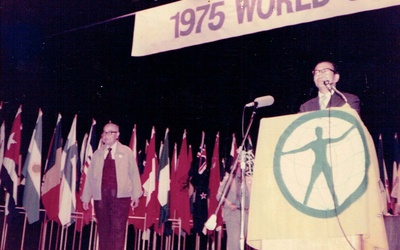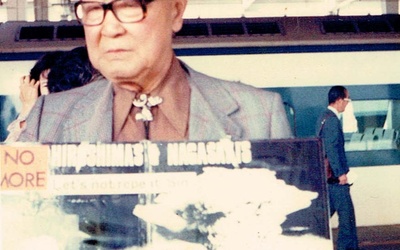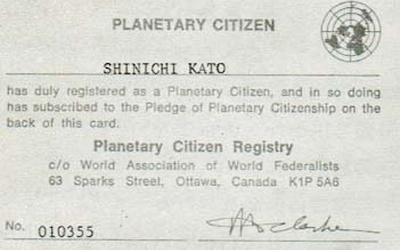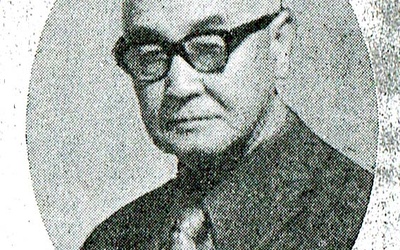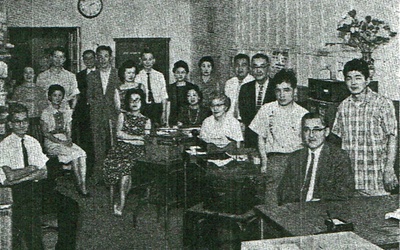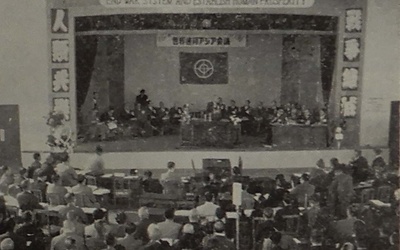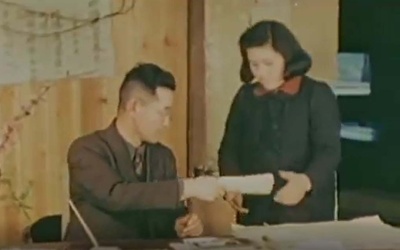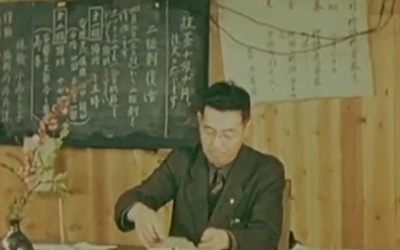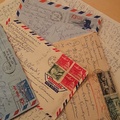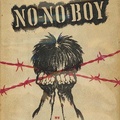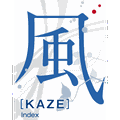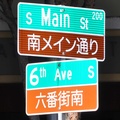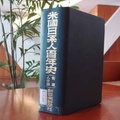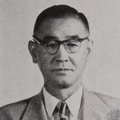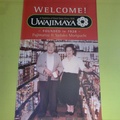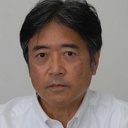
Ryusuke Kawai
@ryusukekawaiJournalist and non-fiction writer. Born in Kanagawa Prefecture. Graduated from the Faculty of Law at Keio University, he worked as a reporter for the Mainichi Shimbun before going independent. His books include "Yamato Colony: The Men Who Left Japan in Florida" (Shunpousha). He translated the monumental work of Japanese American literature, "No-No Boy" (Shunpousha). The English version of "Yamato Colony," won the 2021 Harry T. and Harriette V. Moore Award for the best book on ethnic groups or social issues from the Florida Historical Society.
(Updated November 2021)
Stories from This Author
Episode 29 (final episode) End of the series
Jan. 28, 2022 • Ryusuke Kawai
For about a year, we have been following the life and achievements of Shinichi Kato, who was active in both Japan and the U.S. Born in Hiroshima in 1900 and dying in his hometown in 1982, Kato was a man of action who lived through the 20th century to the fullest, even as he endured the war. To reiterate, I became interested in Kato when I learned about "A Centennial History of Japanese Americans in the United States," which he …
The 28th Endless Journey for World Peace
Jan. 14, 2022 • Ryusuke Kawai
Write a letter to the UN Secretary-General Shinichi Kato, who traveled around the world calling for a "World Federation" and "Global Citizenship," attended the first Global Citizenship World Assembly held in San Francisco in July 1975. In January of the following year, he sent a letter to then UN Secretary-General Waldheim. This also shows the true character of Kato as an activist. The letter was sent from Hiroshima on January 20, 1976. The title of the letter is "PLEASE ASSIST …
Vol. 27 From Japan to the World
Dec. 24, 2021 • Ryusuke Kawai
It is often said that people visit Zenkoji Temple by being pulled by a cow, but this time I was able to visit the world's hidden gem, "Nepal." This was also thanks to a "global citizen" rather than a "cow." I have never had any interest in conventions that tend to end up being nothing more than festivals, such as those held in Ottawa, Canada, Brussels in Northern Europe, and other World Federation Conventions, but I went to the 16th …
Part 26: Becoming a Global Citizen
Dec. 10, 2021 • Ryusuke Kawai
From what I have gathered in Japan, the only people who have met Kato, who was born in 1900, are his nephew, Mr. Yoshida, and two others who live near his parents' home, and in the United States there is only one other person, the Hiroshima Prefectural Association in Los Angeles. While I was wondering if there was anyone who knew Kato among those involved in the peace movement in which he was actively involved in his later years, I …
25th Appeal for the Construction of a World Federation
Nov. 26, 2021 • Ryusuke Kawai
Kato Shinichi, a journalist of action, left behind few written works. I searched for "Kato Shinichi" in the "Peace Database" of the "Hiroshima Peace Memorial Museum" in my hometown of Hiroshima to see if there were any writings left by him. I found some of Kato's writings among his books and magazines. One of them is a publication called "Creating Peaceful Coexistence." It says, "Author: Edited by Shinichi Kato," "Publisher: Earth Friendship Association," "Published: December 20, 1971," and "Number of …
No. 24: Contributions to the Hiroshima North American Club
Nov. 12, 2021 • Ryusuke Kawai
I want to spend my final days in Japan During his second stay in America, Kato Shinichi compiled "A Centennial History of Japanese Americans in the United States" in 1961 as editor-in-chief of the New Japan America Newspaper Company, before leaving the company and returning to Japan in 1970. Looking back, Kato was born in Hiroshima in 1900, and was called to California by his father at the age of 18. He returned to Japan just after the outbreak of …
#23 Back to America
Oct. 22, 2021 • Ryusuke Kawai
Kato Shinichi, who served as Secretary General of the World Federalist Asian Conference held in Hiroshima in November 1952 and as Secretary General of the Hiroshima Prefectural Headquarters of the United Nations Association of Japan, gave up his position in the peace movement in Japan and returned to the United States in April 1953. As of 1961, his biography from 1953 onwards was as follows: In 1953, he returned to the US as a correspondent for the Sankei Shimbun, and …
Part 22: Working on the peace movement in Hiroshima…
Oct. 8, 2021 • Ryusuke Kawai
At the request of the governor, he also became the prefectural public relations committee chairman. After the outbreak of war between Japan and the United States, Kato Shinichi returned to his hometown of Hiroshima on a Japanese-American exchange ship and became a reporter for the Chugoku Shimbun newspaper, where he was once the deputy editor-in-chief. He was active in many areas, including serving as chairman of the employee union that was established within the company, but left the company in …
#21: Demonstrating his abilities but leaving the company
Sept. 24, 2021 • Ryusuke Kawai
In my previous article, I mentioned that in April 1946, almost eight months after the atomic bomb was dropped on Hiroshima, Kato Shinichi appears in footage of Hiroshima city taken by the U.S. military. The filming was reported in the Chugoku Shimbun newspaper at the time. The April 16th issue of the same year had the headlines "Symbol of Recovery" and "Head Office Makes its National Presentation with Natural Color Film," along with a photo of a man believed to …
#20 In the footage shot in America
Sept. 10, 2021 • Ryusuke Kawai
About a month after the atomic bombing, Kato Shinichi acted as an interpreter and guide for Dr. Marcel Junod, the chief representative of the Red Cross in Japan, who visited Hiroshima. On November 1, he was appointed chief of the political department, and in February of the following year, 1946, he was promoted to deputy chief editor of the Chugoku Shimbun as part of a restructuring of the company's internal structure following a change in president. When I asked Kato's …

